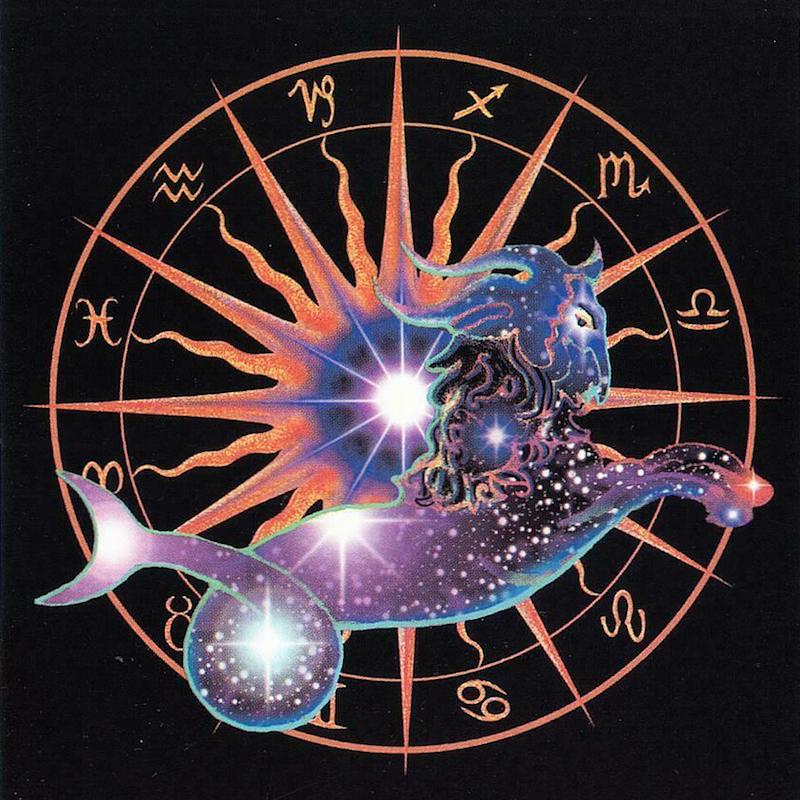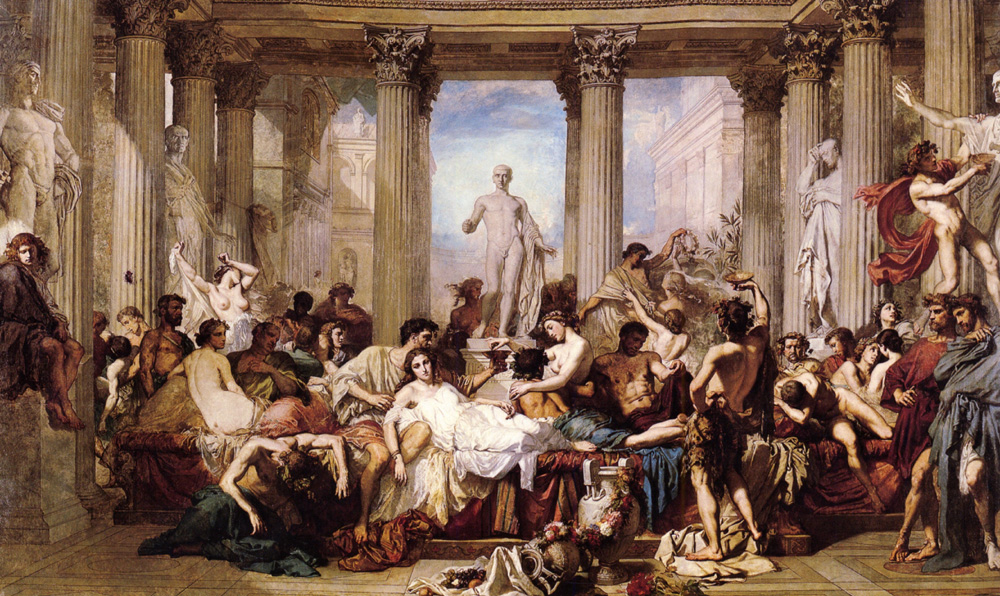Winter Solstice, Yule, Saturnalia And Christmas…
It's The Most Wonderful Time Of The Year, But Why Tho?

Andy Williams sang it best – “It’s The Most Wonderful Time Of The Year …”
But what is the difference between Yule, Saturnalia, and Christmas? Here I’ve gather together some information and what I’ve found about this time of year, which in a nutshell all goes back to the magical moment, Winter Solstice…
Just to clarify, Winter Solstice is the longest night of the year (and therefore the shortest day, with the least sunlight), the time when the Sun moves into the Capricorn zodiac sign. You can read more about Winter Solstice, here.
Symbolically, in ancient traditions and among people of old, this was seen as the rebirth of the sun god, that promised the return of the light, warmth, and eventually fertile fields once again to be harvested. In those days their lives depended on a decent crop, food and sustenence, so it really was all about the momentum of time, and having faith that those abundant times were on their way.
These days, the ‘bleak mid-winter’ isn’t quite so hard to bear.
We can work in hibernation, cosy by our fire, radiator or with warm homes, and entertainment on tap. But symbolically we all need times of hope – and joy!
Yule: 12 Days…
Yule Tide conjours the sentiments – Tidings of Joy!
But why the word Yule? Where does it come from and why a Yule Log – literally a wooden log to burn or in cake form!

The Classic Yule Log You Know And Love!
Yule is a festival of fire in the midst of winter (there are eight fire festivals in total in the Wheel of the Year), but this one seems particularly special, lighting a fire – or giant log – usually an oak log to burn through the night as a symbol of hope and warmth.
Evergreen trees (that remain green throughout the year, and this bleak, cold time) make the green hue popular, signifying faith that nature will prevail; also the colours of Yule red, white and green come from the holly tree, and from snow.
The Yule Festival lasts for twelve days – between December 21st (the Winter Solstice) through to January 1st (Yule Night).
Yule originated way before what we now know as Christmas, hailing from the Norse people of Scandinavia (who invaded central Europe, and spread these beliefs to Celtic people).
This is where we get the following…
My Top 5 Things To Do During Leo Season!
Feel The Heat And Get Creative During The Sun's Time Touring The Leo Constellation...
Litha | Summer Solstice Astrology… & The Sun At 0º Cancer!
Midsummer Mystery, Magic, Mischief and Madness On The Longest Day Of The Year!
- The 12 Days of Christmas sung by the choir,
- A Yule Log – Yule was celebrated by fire, and
- The tradition of cutting down boughs of evergreen trees (like pine), mistletoe and holly branches for the home, what we now have as a Christmas Tree,
- Tree lights and tree decorations – Northern Germanic peoples tied fruit and attached candles to evergreen tree branches, in honor of the god Woden
- Note too, the reindeer-herding tribal people of Northern Europe and Siberia!
Yule is…
- A time of magic, to burn the Yule Log and dance in firelight
- A time to join in song and merriment
- A time to revere the Sun
- A time to honour dark giving way to light…
Saturnalia…

Saturnalia, In The Temple Of Saturn…
Saturnalia is Roman in origin, introduced around 217 BC in honor of Saturn, the God of Time.
It was celebrated on December 17th, growing into a week long celebration (December 17th to the 23rd) involving feasting, gifting and games.
These celebrations certainly influenced modern day Christmas!
Romans also observed Juvenalia around the time of winter solstice, a feast honoring children, and members of the upper classes and soldiers might celebrate the birthday of Mithra, the god of the unconquerable sun, on December 25th.
For some Romans, Mithra’s birthday was the most sacred day of the year, and this is the day we now have in our calendars as Christmas.
Christmas…

What we now celebrate as Christmas was introduced by Pope Julius I in the fourth century CE, to coincide with Pagan rituals, essentially encouraging the people to replace Pagan celebrations with a Christian one! Cheeky!
Pagans celebrated the birth of the sun, or the Return of the Sun, which we hear through Christian story as the birth of the Son of God a.k.a. Jesus.
Therefore the story of the birth of baby Jeasus is steeped in the moment of Winter Solstice, again, the longest night.
It’s up to you how you celebrate at this magical time of year, just remember to be safe and be mindful of fire…
